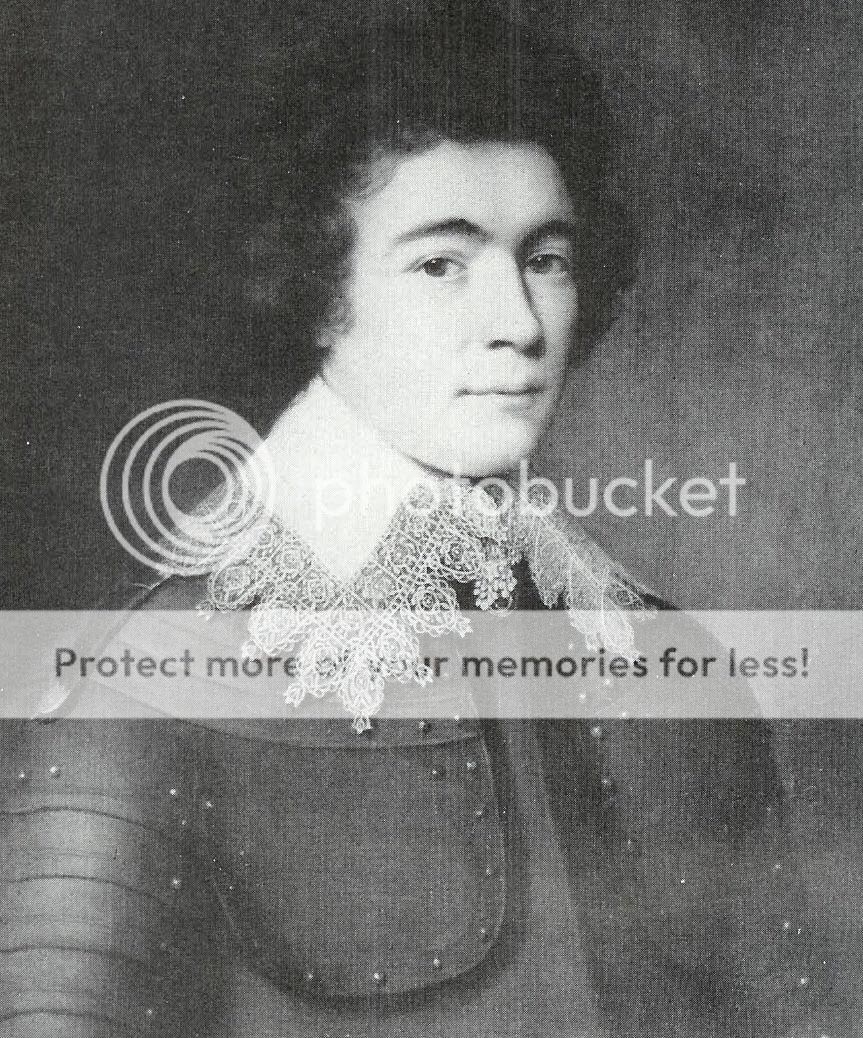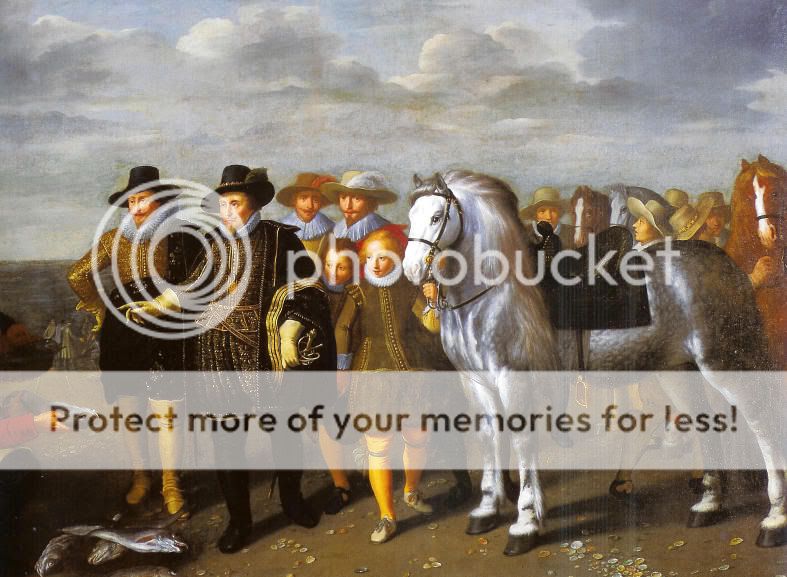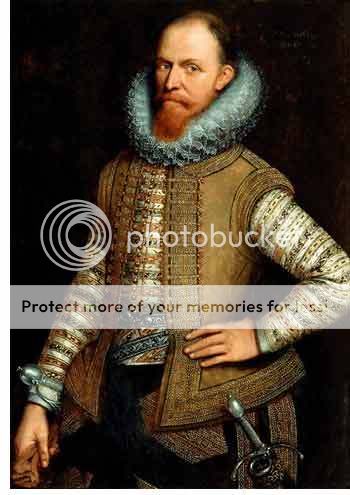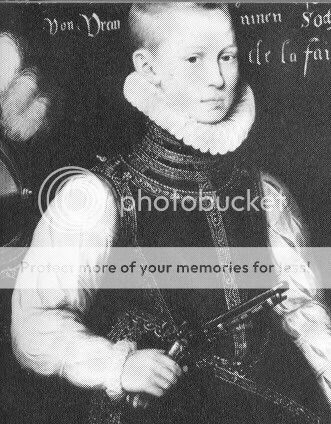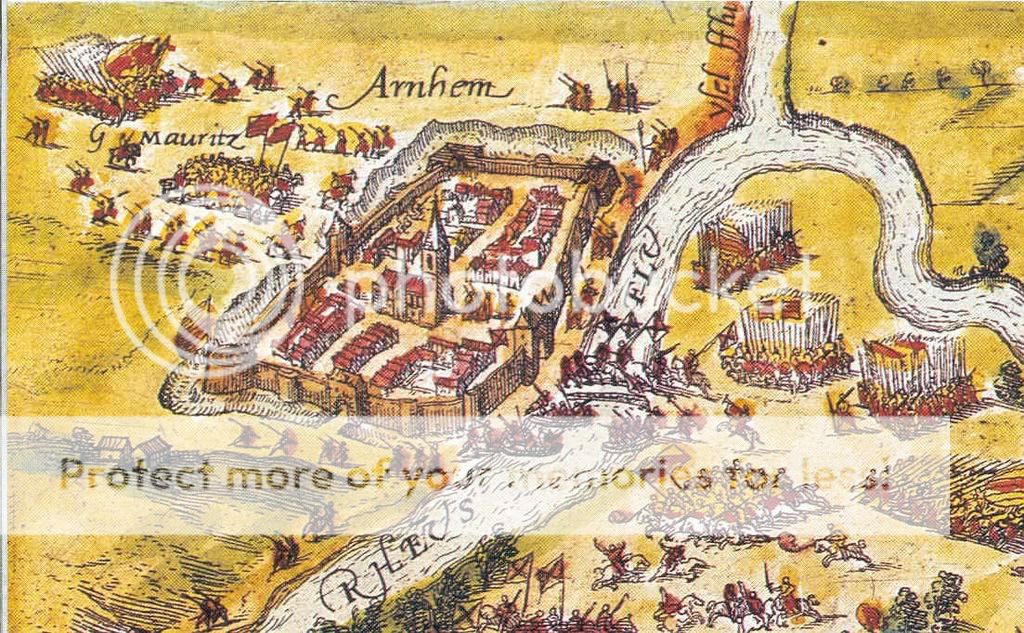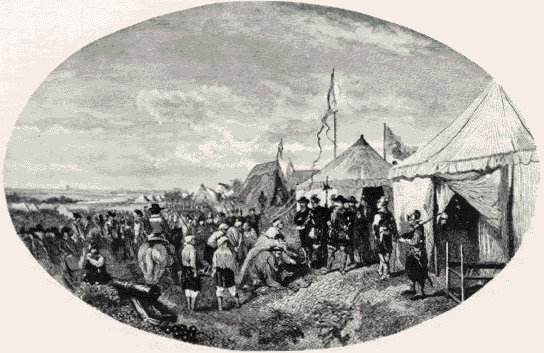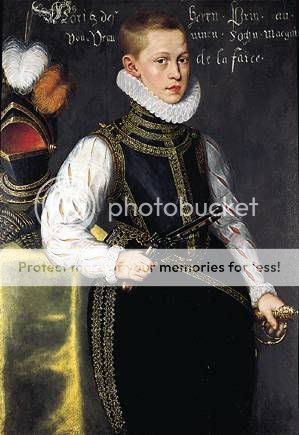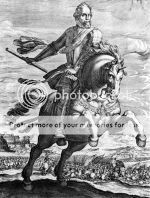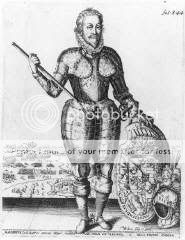- Joined
- Aug 13, 2004
- Messages
- 27,095
- City
- São Paulo
- Country
- Brazil
Maurits (1567-1625), Prince of Orange 1618, Count of Nassau, stadholder of Holland and Zealand 1585, Guelders, Utrecht and Overijssel 1590, Groningen and Drenthe 1620
Parents Maurits: Prince Willem I of Orange, Stadholder of Holland, Zeeland etc. and Princess Anna of Saxony
Siblings Maurits: Countess Anna of Nassau, Countess Anna of Nassau-Dillenburg, Princess Emilia of Portugal
Half-Siblings Maurits: Prince Filips-Willem of Orange, Princess Maria of Hohenlohe, Princess Louise-Juliana of the Paltinate, Duchess Elisabeth de La Tour d'Auvergne, Countess Catharina-Belgica of Hanau-Münzenberg, Countess Charlotte-Flandrina of Nassau, Duchess Charlotte-Brabantina of Thouars, Countess Emilia Antwerpiana of Zweibrücken-Landsberg and Stadholder Frederik-Hendrik.

Parents Maurits: Prince Willem I of Orange, Stadholder of Holland, Zeeland etc. and Princess Anna of Saxony
Siblings Maurits: Countess Anna of Nassau, Countess Anna of Nassau-Dillenburg, Princess Emilia of Portugal
Half-Siblings Maurits: Prince Filips-Willem of Orange, Princess Maria of Hohenlohe, Princess Louise-Juliana of the Paltinate, Duchess Elisabeth de La Tour d'Auvergne, Countess Catharina-Belgica of Hanau-Münzenberg, Countess Charlotte-Flandrina of Nassau, Duchess Charlotte-Brabantina of Thouars, Countess Emilia Antwerpiana of Zweibrücken-Landsberg and Stadholder Frederik-Hendrik.




